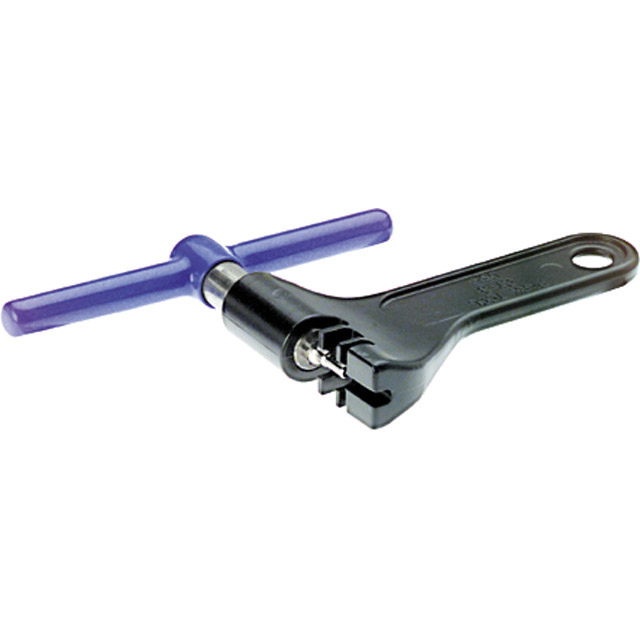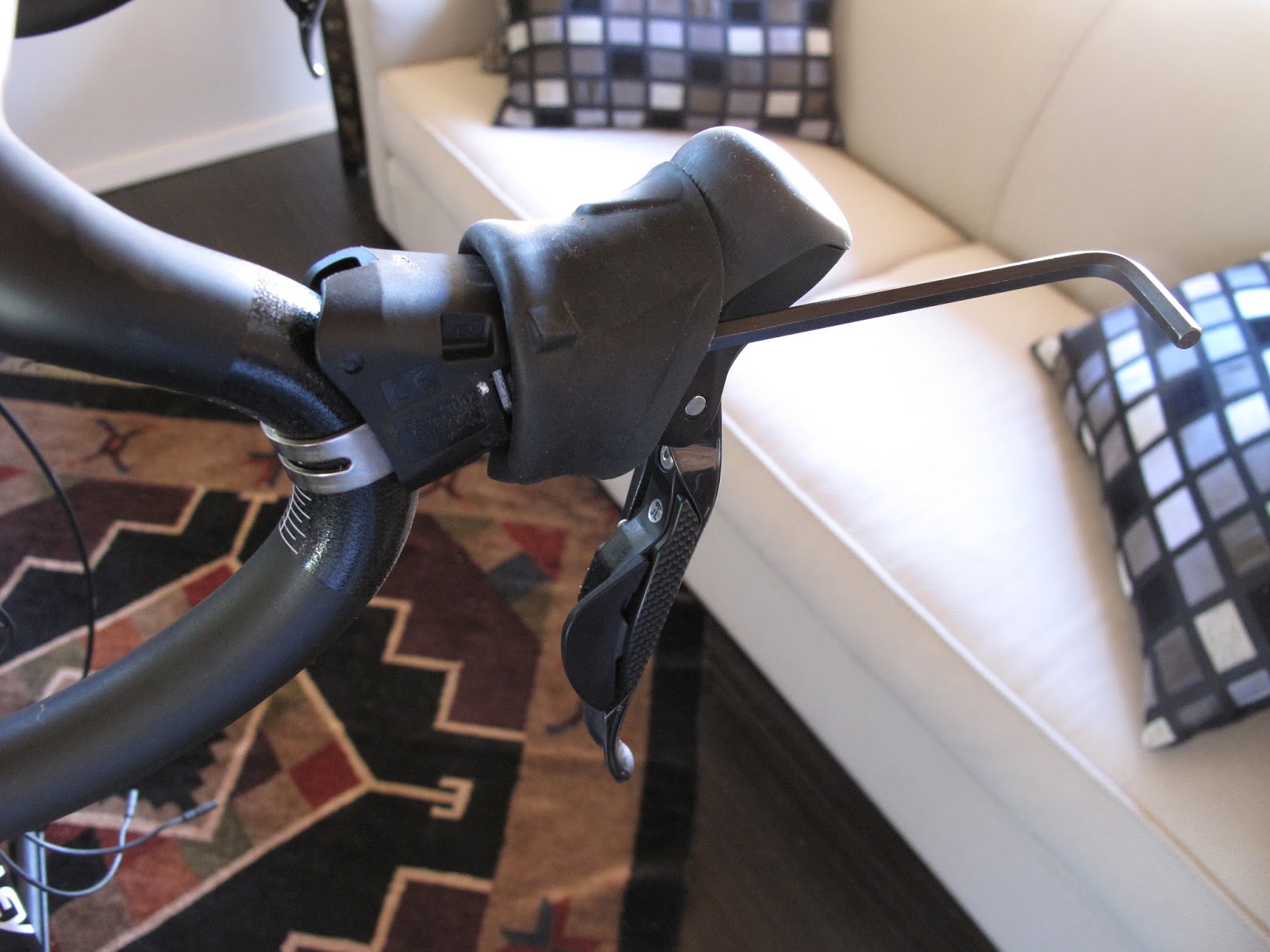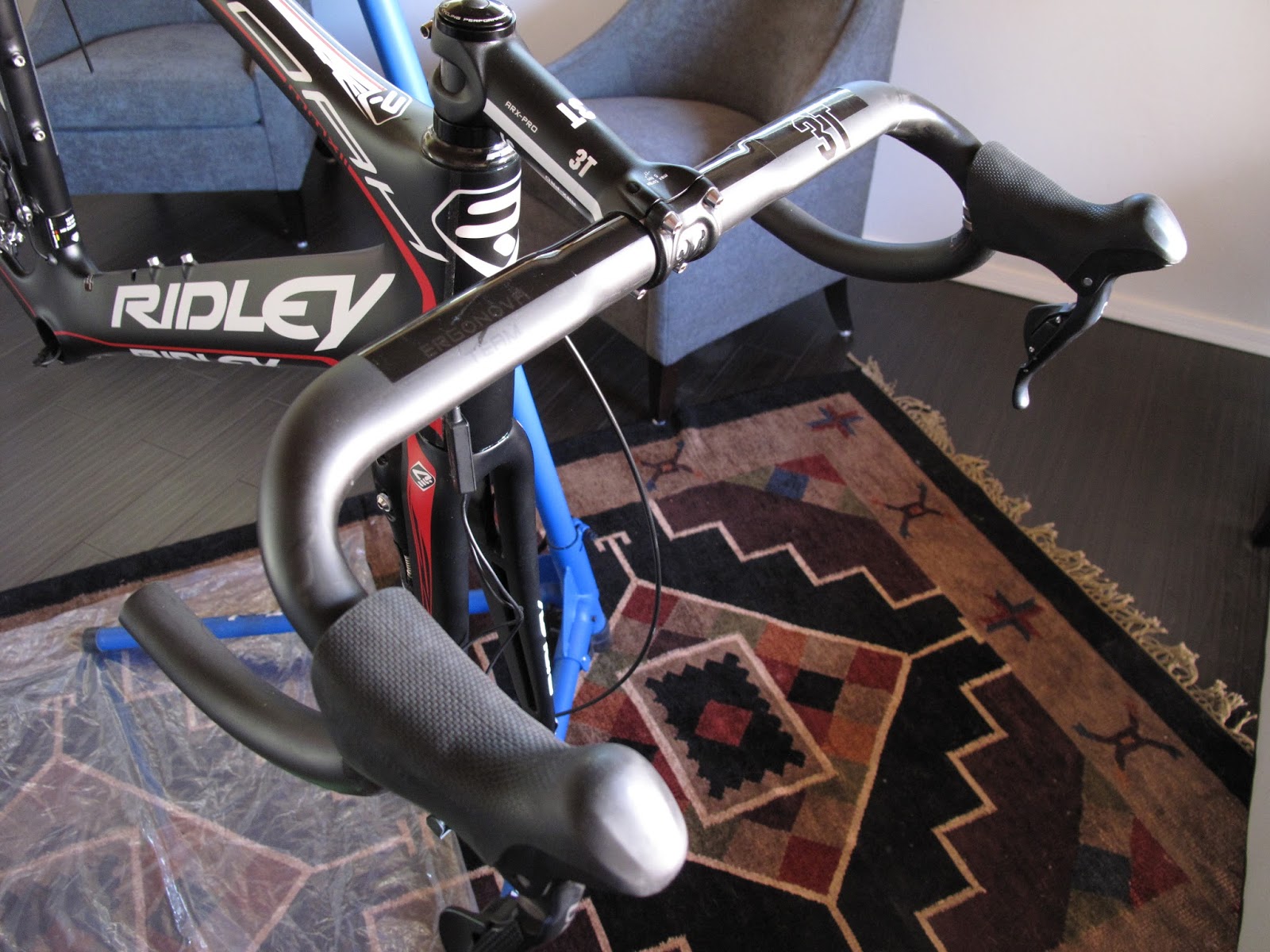When I wrote Cons... and Pros, I forgot to include another benefit of the asphalt faceplant...
Free Healthcare. You see, when you spend a few nights at Motel UMC you're rewarded with a bill so large you'll have no need to worry about hitting your health insurance's maximum out-of-pocket for the year. Oh yes, you'll hit it immediately. And hard. And then your annual deductible will be met, freeing you up to spend the rest of the year visiting doctors for free, checking all those things your wife has been bugging you about. It's like having a free pass to Six Flags with the ability to ride whatever rides you want, as many times as you want, for the remainder of the year!
And free popcorn and cotton candy too!
Unfortunately, there is tremendous risk of a backfire if one of those doctors inadvertently finds something wrong with you. Then it's like puking up all that popcorn and cotton candy in a trash can after your eighth ride on the Kingda Ka.
Mid-puke you'll recall that old economics rule about "free" lunches.
 |
| 125 mph launch, 450 foot drop, highly recommended |
I ended up tossing some cookies (metaphorically speaking) after a "free" visit to the dermatologist to have some moles removed. The phone call came the next day with some bad news.
Melanoma in my left calf.
The doc explained what this meant, and what would happen next. The biopsy showed that the cancer extended beyond the portion that was cut out, which meant I'd need to have surgery. With the Breslow depth and Clark's level of the Melanoma they found, and assuming it hadn't spread to my lymph nodes, the 10-year survival rate is 92%. And at my age the doctors seem confident that it's been caught soon enough that it should be no problem. But the last thing I wanted to find out this year was that I have cancer.
I didn't want to tell my wife. She's been through so much the past four months with all my nonsense, and you'll recall from Winter that her mom passed away from Melanoma. I considered keeping it from her completely, but I knew that was wrong. A couple days later I told her.
I went in for the surgery about a week ago to have a larger chunk removed from my calf to make sure the Melanoma was completely removed from the site; as well as a sentinel lymph node biopsy, which is where they remove a few lymph nodes and check them for cancer. They inject some sort of radioactive tracer and some dye at the site of the Melanoma, then use a Geiger counter (you know, that thing that counts geigers) to determine which lymph node(s) the tracer/dye travels to first (the "sentinel" node). The idea is that whichever node(s) the tracer/dye travels to is where the cancer would go as well (if it spread). The hope, of course, is that the cancer hasn't spread to the nodes.
Afterward your pee is blue for a couple days, so that is cool.
The surgery was fine except they wouldn't allow just a local anesthetic (I'm not a fan of being unconscious). I argued with the nurse, then the anesthesiologist, then the surgeon -- but in the end after we compared salaries he won and I went under.
Side story. During a hockey game a few years back I took a stick to the face crossing the blue line, was knocked out for a second or two, realized I'd been hit in the eye, and then thought, "oh no, the wifey is going be ticked." She wasn't too pleased about the concussion I'd received a few months prior (puck deflected to just above my right eye), and my assurances back then that the half face shield would be sufficient in avoiding future injuries to my "beautiful face" (her words) were gone as warm liquid poured from my face and created a nice red pool on the ice.
So, I got to spend one night in the hospital with a massive slit in my eyelid.
Oh, and it was Christmas Eve.
 |
| Hockey stick to the eye -- wifey does not approve |
What was the point of the hockey story? I'm sorry, I forgot.
Oh yes I remember now. The doc that dealt with my gnarly eye issue was willing to give me a local and keep me awake while he worked on it. Not that I enjoyed being awake (imagine a doctor coming at your eye with a 3-inch long needle telling you, "be still and don't blink.") It was no fun to be sure, but I preferred a staring contest with a syringe over being put under a general anesthetic. Why did I need to be unconscious for a little cut on my calf when I could stay awake for one on my eye? Who knows... probably something to do with Obamacare.
Back on track. A few days after the Melanoma surgery I went back to the doc to find out the results. I was confident that they were able to remove all the cancer from my leg (the incision is four inches long after all). But I was concerned that it had spread to my lymph nodes -- and I desperately hoped that I would not need to do chemotherapy. Not because I didn't want to go through it, but because I didn't want my wife to go through it.
She sat by me in the waiting room nervously reading through a magazine, fighting back tears as I'm sure she thought about her mother's battle and the prospect of starting the war all over again. I tried to take her mind off it and when that didn't work I kept telling her that it was "no big deal" and that I was sure the news would be good. She had doubts... and honestly the way things have been going the past few months, I did too.
The 18th book in the Bible is about a dude named Job. It's the oldest book in the Bible, perhaps written prior to the flood. Job is a cool guy but a ton of bad stuff is allowed (by God) to happen to him (losing property, friends, family, etc.). The book unapologetically displays that which often prompts the question: why do "bad" things happen to "good" people? It's a rough book to read and the apparent lesson is difficult to accept, but it does accomplish one thing very well. No matter how bad we think we have it, we're still way better off than Job was. I said a quick prayer as the doctor walked in, but in the back of my mind was something that Job had said...
"The Lord can do everything, and no purpose of His can be withheld from Him." (Job 42:2)
It can be an inspiring verse, reminding us that there is nothing out of God's ability. But it can also be a little unsettling, because nothing is off limits. If He chooses to allow suffering in our lives for whatever purpose He wills... well, good luck withholding that from Him. If His purpose for my wife and me is to go through chemo and all the challenges that accompany it, then that's what we'll do (whether we want to or not). The hardest part isn't necessarily suffering through the "bad" stuff; it's trusting the Lord that allowed it, humbly accepting that there truly is a purpose. I wanted to hear good news, but I was prepared for the alternative.
"We got it all out of your leg. And the results from the biopsy are good, the cancer did not spread."
Thank you, Lord.
As we walked out, I looked at my beautiful bride and suggested we go out for ice cream to celebrate. She smiled with relief, and when the wifey smiles all my worries fade away.
And I'm reminded again just how lucky I am.






























































